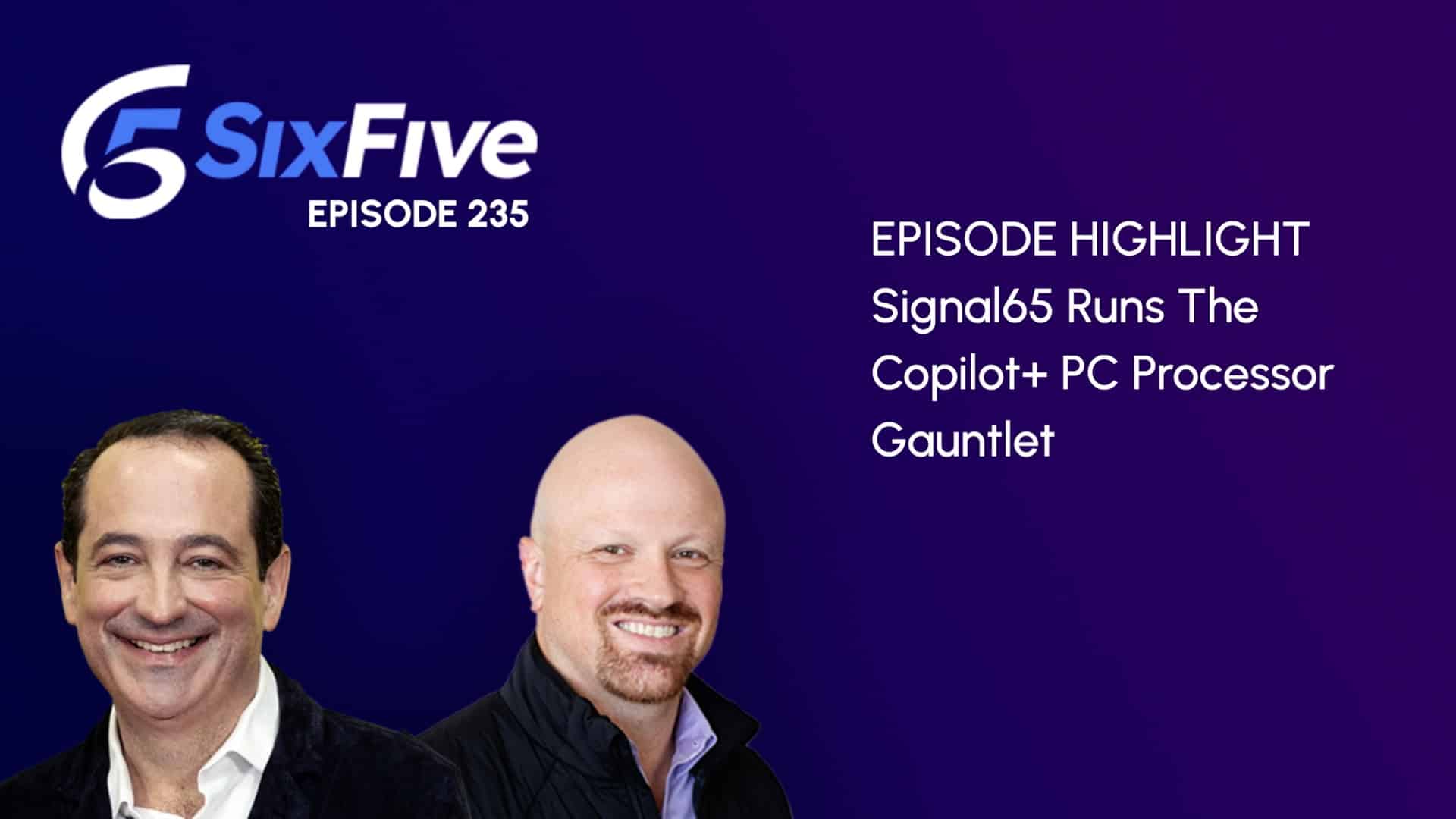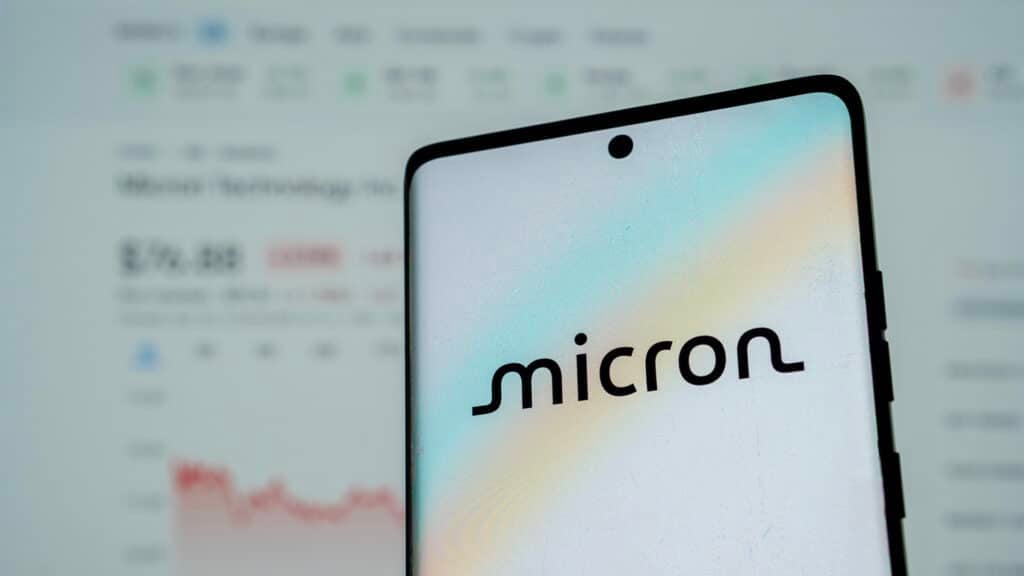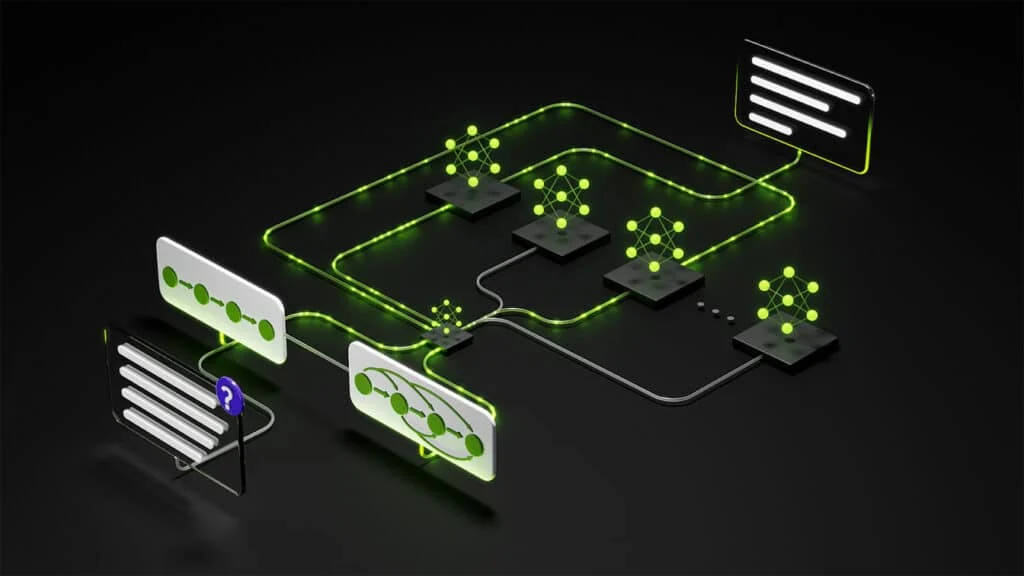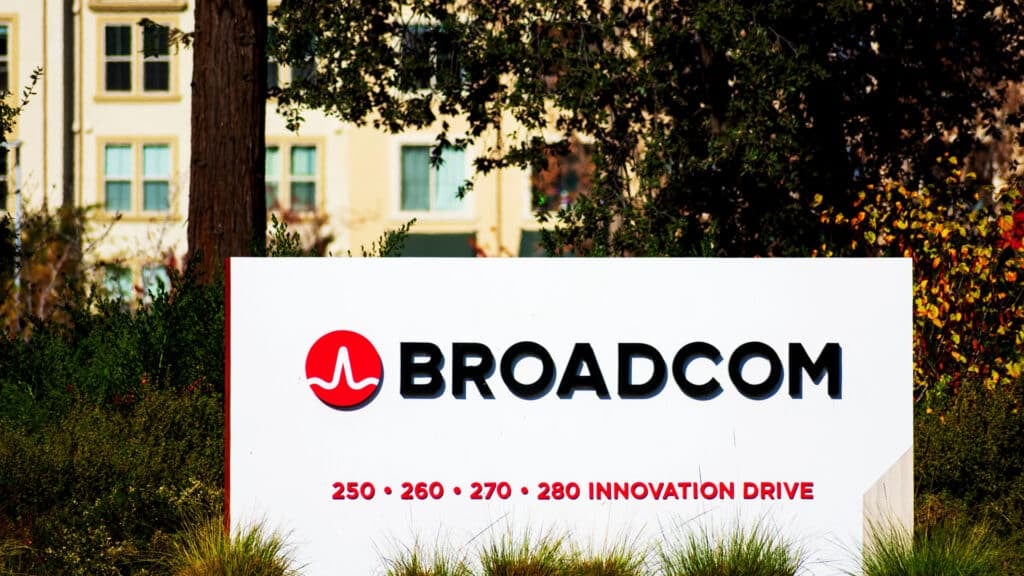The Six Five team discusses Signal65 Runs The Copilot+ PC Processor Gauntlet
If you are interested in watching the full episode you can check it out here.
Disclaimer: The Six Five Webcast is for information and entertainment purposes only. Over the course of this webcast, we may talk about companies that are publicly traded and we may even reference that fact and their equity share price, but please do not take anything that we say as a recommendation about what you should do with your investment dollars. We are not investment advisors and we ask that you do not treat us as such.
Transcript:
Daniel Newman: Our team is doing some amazing work. Signal65, that’s one of the children you and I had together. And we ran the processor gauntlet. We’ve looked at AMD, we’ve looked at Intel, we looked at Qualcomm and these Copilot+ PCs. Pat, what are we finding at this point?
Patrick Moorhead: Yeah. So yeah, Signal65, we do data center testing and we do device testing and everything in between. We even test LLM. So, it’s exciting to put a numbers behind everything. So first and foremost, what’s clear, so Ryan and his team doing a great job. We published three reports. He published three reports, one on Qualcomm, one on Intel, and one in AMD, showing the generational comparisons between all three processors, even going back to N-3. And N-3, meaning three generations ago. And on every single element, whether it’s battery life, graphics, CPU, NPU. I say battery life, superior on all fronts. Now, N-1 N-2, you have areas where it’s vastly superior to anything. So for instance, pre-NPU, vastly superior, right? Zero, 10 or 11 up to 50, okay? Battery life, delivering that. There are platforms that it’s vastly better battery life than N-1, but most of the install base is N-3, N-4. So, that really shows why people should go out and buy this new class of PCs.
Second thing on battery life, Qualcomm still rules the worst. It’s the most power efficient, gets the best battery life across a range of systems and use cases. No surprises there. AMD has the best multi-threaded performance out of there at the lot, but comes in at the lowest on battery life. It makes sense. By the way, they also have the biggest NPU at 50. It doesn’t look like that’s making a difference yet, but potentially because all of the Microsoft algorithms were pegged in it at 40, we will see. Lunar Lake, right, as we talked about, I think on the last show, the one before Intel wrote a lot of checks about battery life and it’s closer than we expected to Qualcomm. Close the gap on single-threaded performance through Geekbench and Cinebench.
It has a really good integrated GPU. Well, how about Apple, right? The company that basically put Mega-distance and the X86 folks had to put a high-end desktop versus their notebook on performance. Pretty much the M2 and the M3 lost to every one of the Windows laptops. M4 is coming, it’s going to be better. We have some indications on where we think it’s going to be better, but it’s likely based on Apple’s new way, literally putting out a new chip versus let’s say binning, even between devices. In fact, even between the pro and the max is different chip on the smartphone side. It’s likely going to have some boost there and we just need to be able to… Once those machines come out, supposedly they’ll be out announced in the fourth quarter. We’re going to have to retest and evaluate pretty much everything.
Daniel Newman: Yeah, there’s a continuation here, Pat, and I know we’re running into time and I’ve got to get running to a meeting, but what’s been super fun to watch is just how quickly things are evolving and how competitive things are. As you sort of suggested from part to part, there’s definitely some disparity. I think for instance, I think surprise so far has been how well Intel did with Lunar Lake Battery Life. I think there was a lot of expectation that there would be a bigger Gulf with the ARM part, that was really successful. To your point, I think what AMD has is a potential to… I think it is early, so there’s a potential with that MPU that so much more offloading could be done and battery life could be extended, but it’s not necessarily showing up yet in the testing numbers. But that’s also the fun part of what we get to do, right? Tearing these things down and playing with them as we really get to see. And in a world where there’s very few sort of impartial testing and performance sites to gather. I really do think our team has done just a world-class job of breaking this stuff down. By the way, are all these reports published yet?
Patrick Moorhead: They are. And they’re on the signal site. You and I have sent them out over social media as well, and you can go in and download them and check out all the other tests that we have in there. It’s called signal65.com.
Author Information
Daniel is the CEO of The Futurum Group. Living his life at the intersection of people and technology, Daniel works with the world’s largest technology brands exploring Digital Transformation and how it is influencing the enterprise.
From the leading edge of AI to global technology policy, Daniel makes the connections between business, people and tech that are required for companies to benefit most from their technology investments. Daniel is a top 5 globally ranked industry analyst and his ideas are regularly cited or shared in television appearances by CNBC, Bloomberg, Wall Street Journal and hundreds of other sites around the world.
A 7x Best-Selling Author including his most recent book “Human/Machine.” Daniel is also a Forbes and MarketWatch (Dow Jones) contributor.
An MBA and Former Graduate Adjunct Faculty, Daniel is an Austin Texas transplant after 40 years in Chicago. His speaking takes him around the world each year as he shares his vision of the role technology will play in our future.







